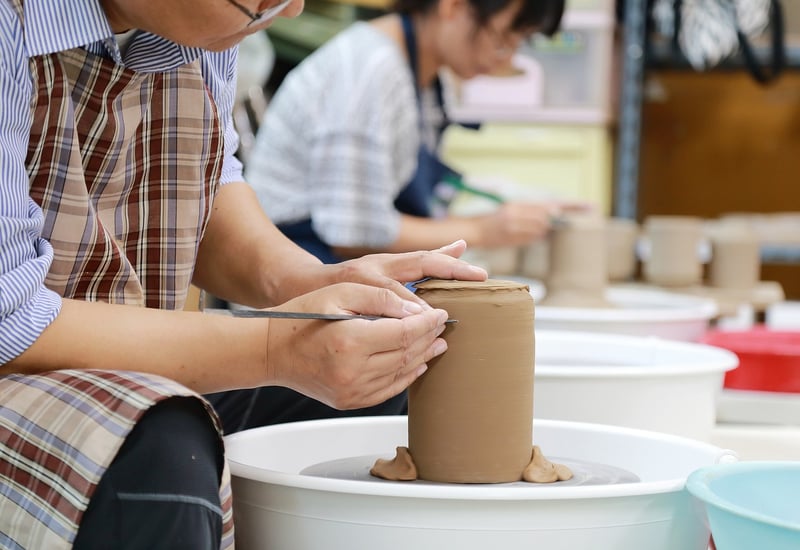Emotional Release
The Power of Movement for Emotional Well-being and Emotional Release
Emotions are an integral part of our human experience, influencing every aspect of our lives. From joy and happiness to sadness and anger, our emotions play a significant role in shaping our well-being. However, dealing with intense emotions can sometimes be challenging, leading to stress, anxiety, and even physical discomfort. In such situations, movement can be a powerful tool for emotional well-being and emotional release.
How Movement Impacts Emotional Well-being
Engaging in physical activity, whether it's dancing, yoga, jogging, or any form of exercise, can have a profound impact on our emotional well-being. When we move our bodies, our brains release endorphins, often referred to as "feel-good" hormones. These endorphins help reduce feelings of pain and trigger a positive feeling in the body, similar to that of morphine.
Regular physical activity also helps reduce the levels of stress hormones, such as cortisol, in the body. This, in turn, can help alleviate feelings of anxiety and depression, promoting a sense of calm and well-being.
The Role of Movement in Emotional Release
Emotions, when suppressed or unexpressed, can manifest in physical symptoms such as tension, headaches, or even digestive issues. Movement provides a safe and effective outlet for releasing pent-up emotions and tension stored in the body.
By moving our bodies intentionally and mindfully, we can tap into our emotions and allow them to flow freely. Dance, for example, is a powerful form of movement that enables individuals to express themselves non-verbally and release emotional energy through fluid motions and rhythms.
Practical Ways to Incorporate Movement for Emotional Well-being
- Practice yoga or tai chi for a mindful movement experience that combines physical postures with breathwork.
- Take a dance class or simply dance in the comfort of your own home to music that resonates with your emotions.
- Engage in outdoor activities like hiking or cycling to connect with nature and promote a sense of well-being.
- Try journaling before or after movement sessions to reflect on your emotions and experiences.
Conclusion
Embracing movement as a tool for emotional well-being and emotional release can have profound effects on our mental, emotional, and physical health. Whether it's through structured exercise routines or spontaneous dance sessions, incorporating movement into our daily lives can help us navigate our emotions more effectively and cultivate a deeper sense of well-being.
Remember, movement is not just about physical fitness; it's also a powerful way to nurture your emotional self and find balance in an ever-changing world.



References: Harvard Health Publishing - The Power of Physical Activity, Psychology Today - Endorphins
